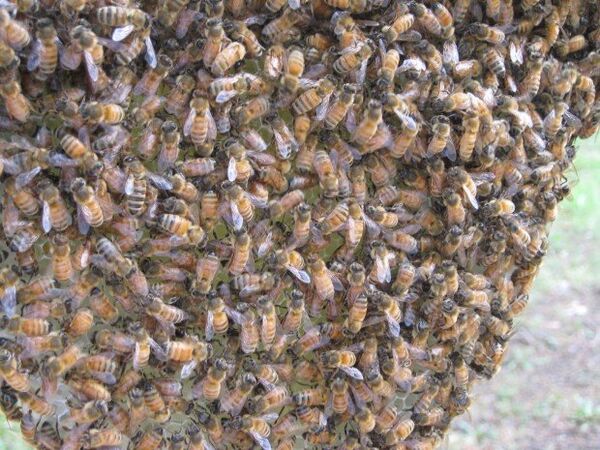WASHINGTON, June 6 (by Karin Zeitvogel for RIA Novosti) – Russian bees are the latest buzzword among American beekeepers who see the hardy honey-makers as potential saviors against a mysterious blight that has decimated the US bee population.
Originally from the coastal Primorsky in Russia’s Far East, Russian bees are twice as resistant to varroa mites, tiny parasites that can infest beehives and were fingered in a report released in May by the US Department of Agriculture (USDA) and the Environmental Protection Agency (EPA) as the single greatest cause of the dramatic decline in the US honeybee population, which has fallen from 6 million colonies in 1947 to 2.5 million today.
Russian bees have been exposed to varroa mites for much longer than other strains of honeybees, and they have probably built up resistance to the killer parasite, according to another study conducted at North Carolina State University (NCSU).
The Russian bees also tend to produce as much honey as standard bee stocks, if not more, the NCSU report said.
“Russian bees will fly when it’s still cold out – 38 degrees Fahrenheit (3 degrees Celsius) – before a lot of other bees will,” said Ruth Seaborn, who runs Wolf Creek Apiaries in Tennessee, where the bees have Russian genes. “That means they will get out and pollinate a garden or crop field before other bees get busy.”
New England resident April Peavey, who started a bee colony three weeks ago after she noticed that there were no honeybees in her garden, told RIA Novosti that she ordered her bees from Wolf Creek Apiaries in Tennessee, precisely because some of their bees come from hardy Russian stock.
“I wanted something that could withstand the cold New England winters," Peavey told RIA Novosti.
"I started a colony to pollinate my garden because, when I was growing up, there were always bees around, and since I’ve been keeping a garden for seven years, I’ve noticed that there aren’t any bees around anymore,” she said.
Beekeepers in the United States began reporting unexplained losses of honeybees starting in 2006, which was blamed on a condition that has been dubbed Colony Collapse Disorder (CCD).
Since CCD was first reported, the blight is said to have killed tens of millions of honeybees, which are crucial to US agriculture because they pollinate scores of crops, from almonds to zucchini.
Almonds alone are a $4 billion cash crop in the United States, and if the honeybee population continues to decline, the USDA says it is not “confident in our ability to meet the pollination demands of US agricultural crops.”


